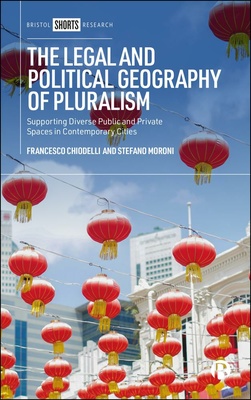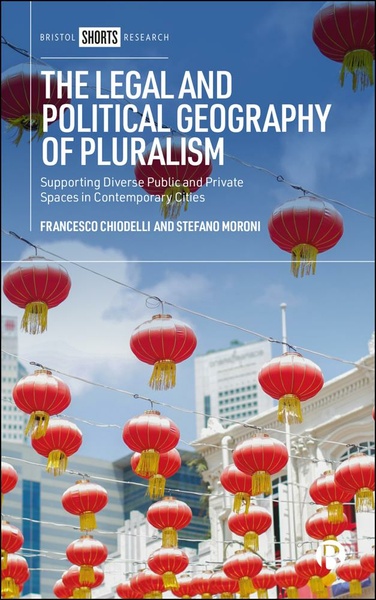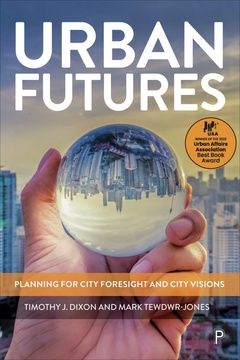The Legal and Political Geography of Pluralism
Supporting Diverse Public and Private Spaces in Contemporary Cities
By Francesco Chiodelli and Stefano Moroni
Published
Jan 23, 2025Page count
138 pagesISBN
978-1529237566Dimensions
203 x 127 mmImprint
Bristol University PressPublished
Jan 23, 2025Page count
138 pagesISBN
978-1529237573Dimensions
203 x 127 mmImprint
Bristol University PressPublished
Jan 23, 2025Page count
138 pagesISBN
978-1529237573Dimensions
203 x 127 mmImprint
Bristol University PressIs it legitimate to prohibit political activities in a shopping centre, or the wearing of the full Islamic veil in a public space? This book addresses such questions of pluralism in a time of increasing ethnic, religious and cultural diversity in the public and private spaces of our cities.
Analysing different types of regulation — property rights, municipal ordinances and urban planning — the authors reflect on the kinds of rules public institutions should accept in relation to private spaces, and should promote in relation to public spaces, in order to protect and support pluralism.
“This is a novel study of the key factors determining the ability of European cities to provide the growing diversity of their inhabitants with an environment for toleration and cooperation, rather than discrimination.” Aleksandar D. Slaev, Varna Free University
“It is refreshing and instructive to see an analysis of pluralism and diversity that foregrounds the material spaces – whether public or private – in which social and political life is grounded.” Nicholas Blomley, Simon Fraser University
Francesco Chiodelli is Associate Professor of Urban and Legal Geography at the University of Turin.
Stefano Moroni is Professor in Planning at The Polytechnic University of Milan.
1. The Rules and Spaces of Diversity
2. The Structural Diversity of Public and Private Spaces
3. The Geography of Pluralism in Public Spaces
4. The Geography of Pluralism in Private Spaces
5. Pluralism, Urban Space and the Public Sphere
6. Urban Planning and the Pluralistic City
7. Conclusions: Spatial Spheres of Toleration











